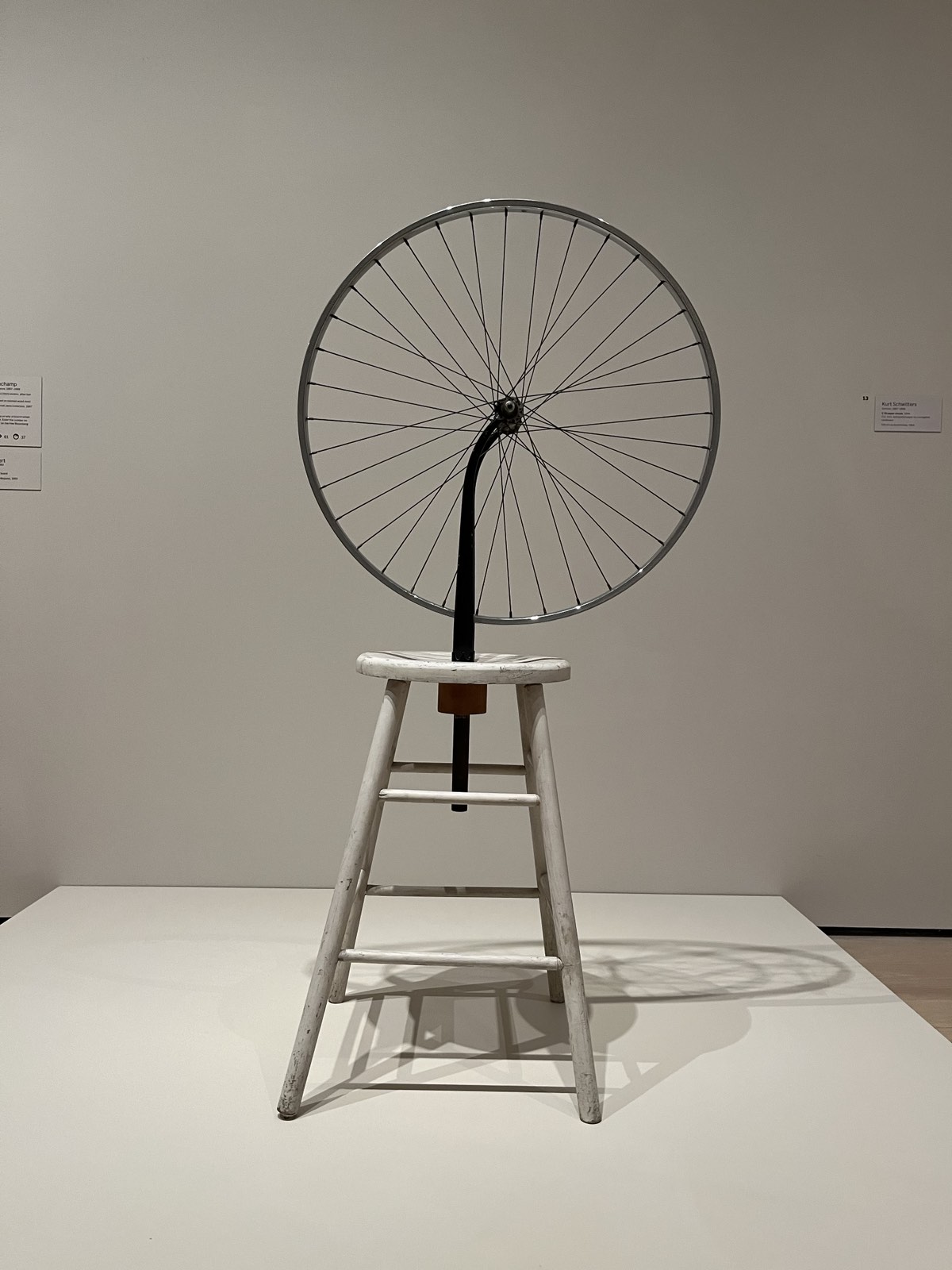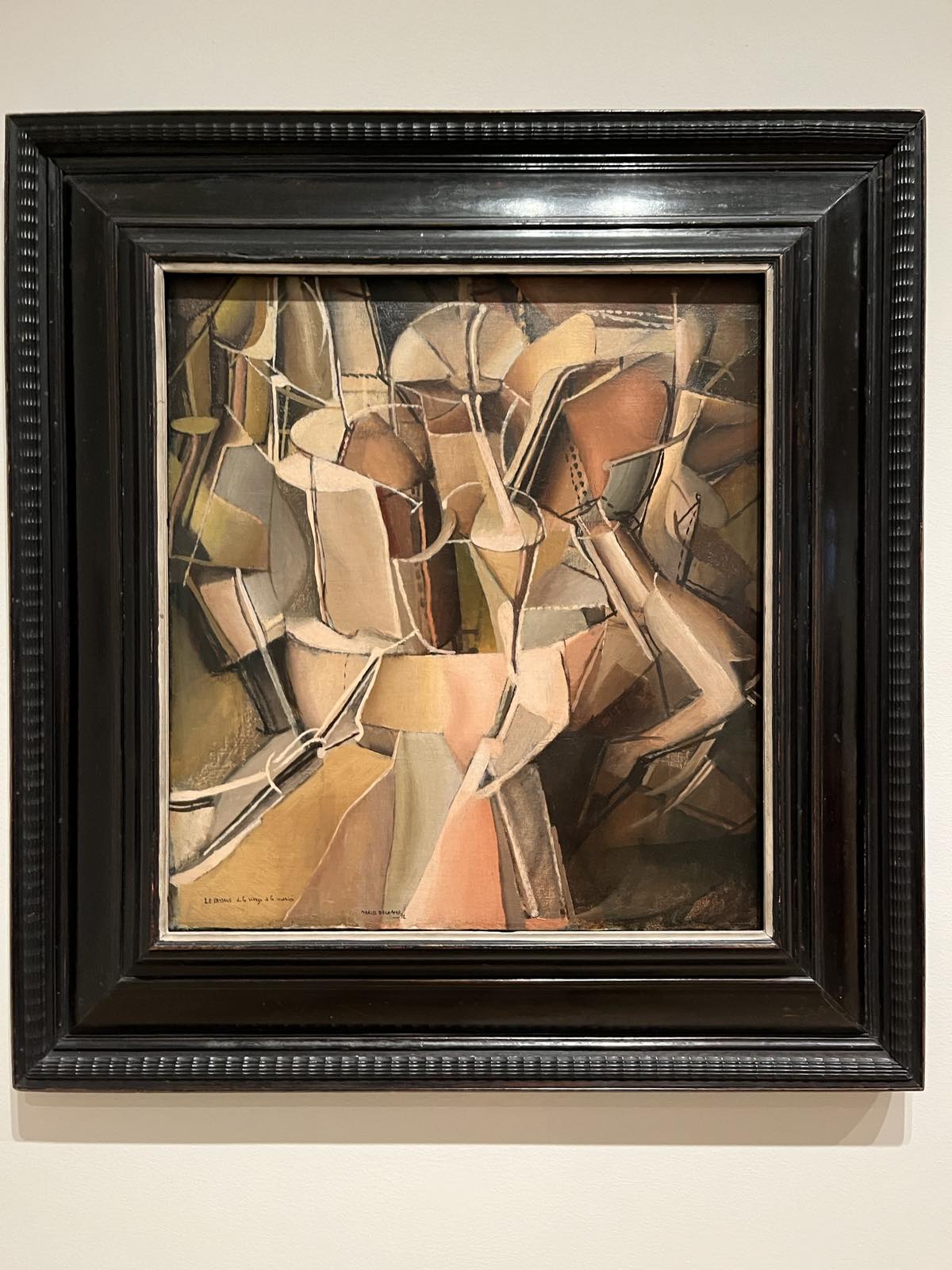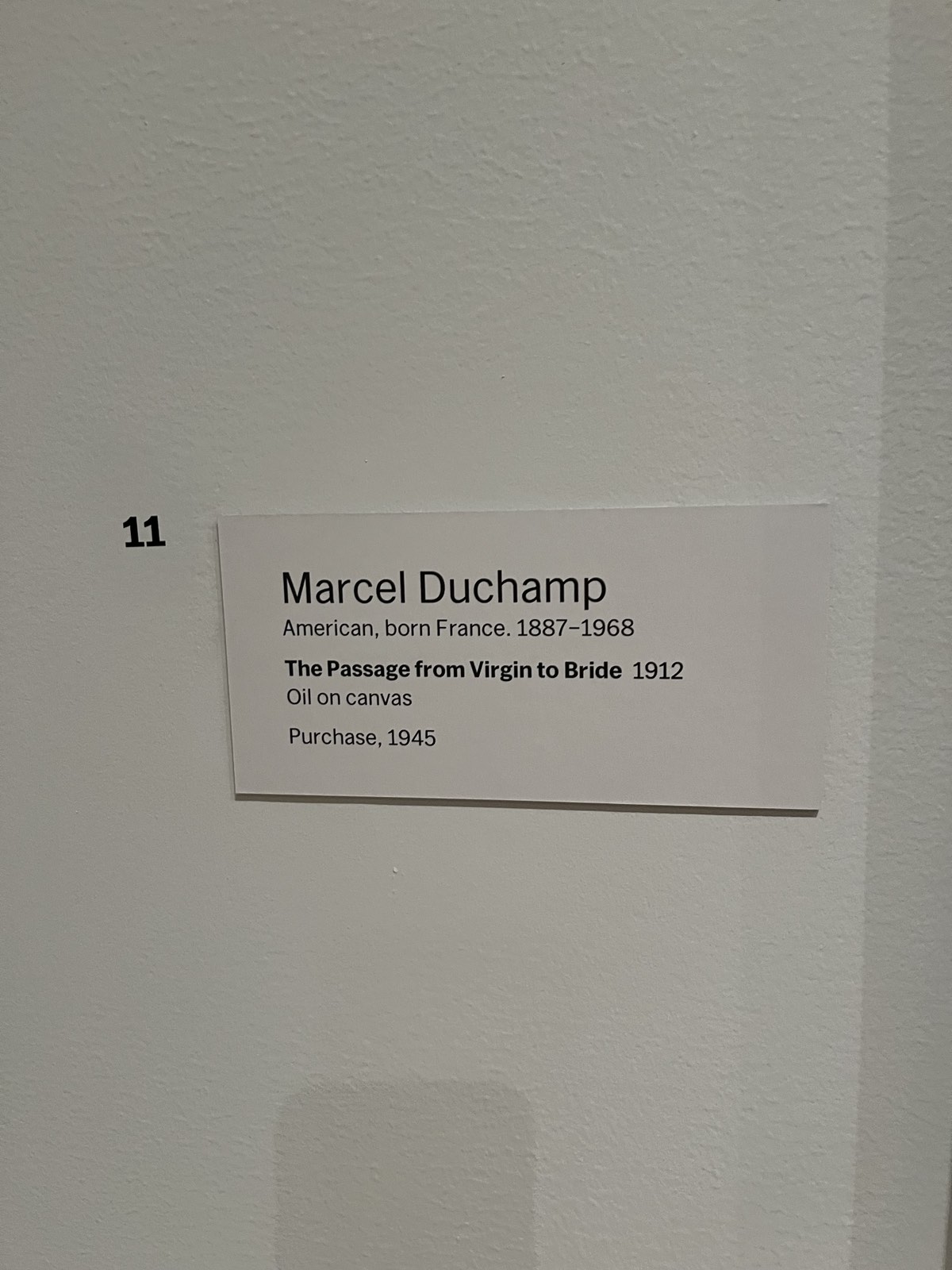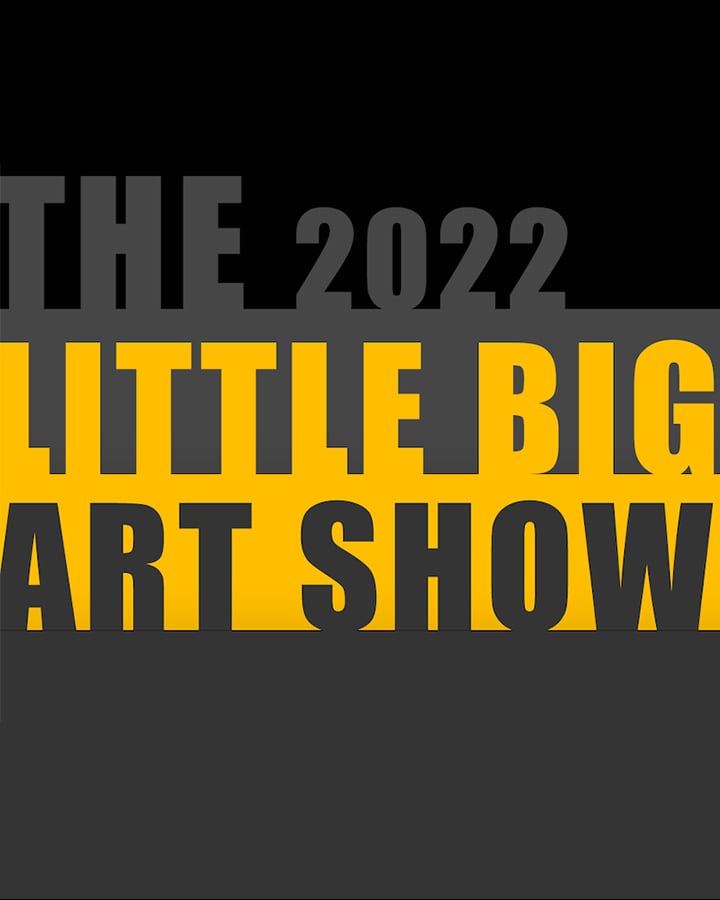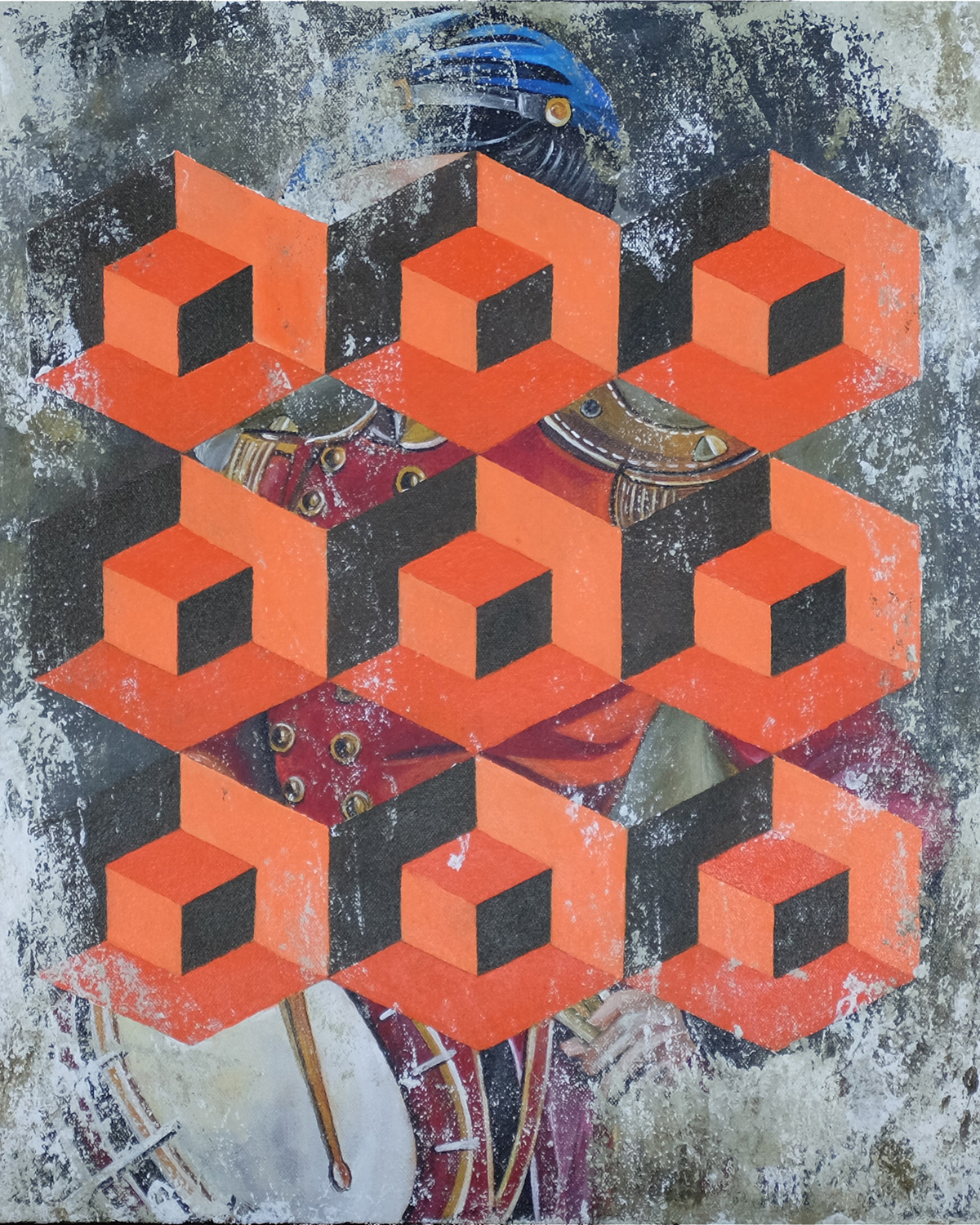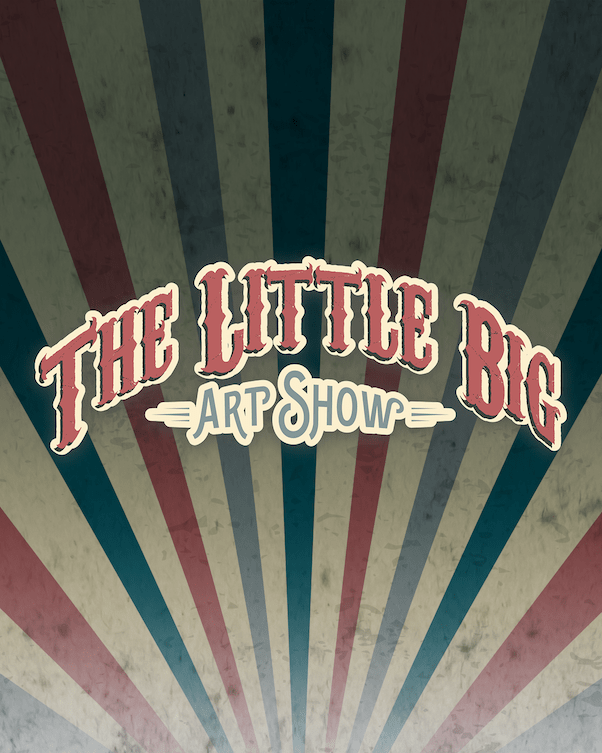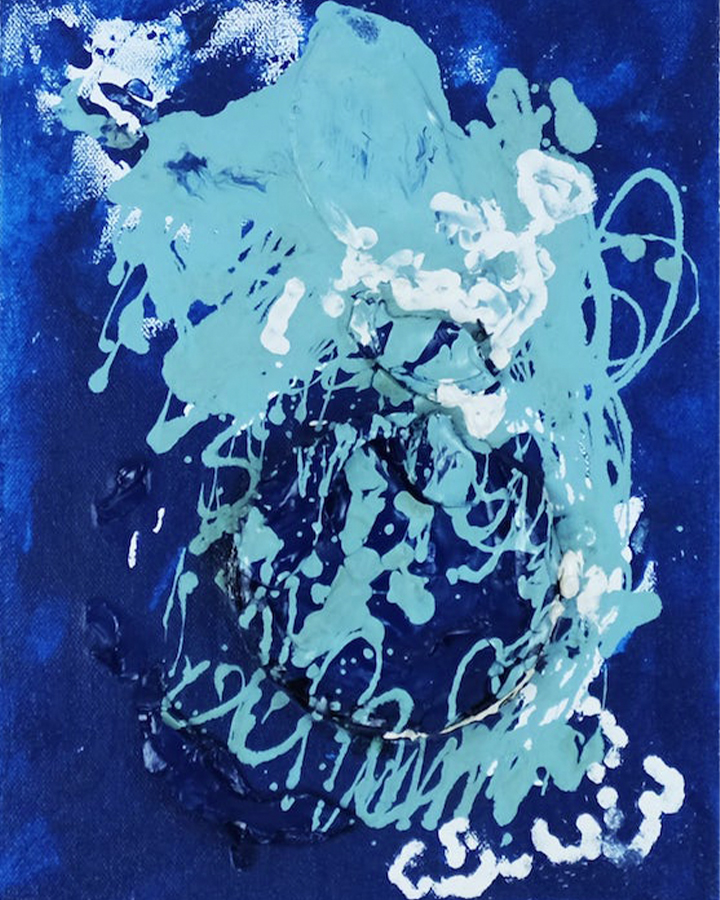Duchamp at the MoMA: Wheel You Marry Me?
Published November 10, 2023
Wheel you marry me? The more you look at it, the more you want it. The more you want it, the more you understand it. And finally, after years of trying to understand the mind of Marcel Duchamp, seeing “Bicycle Wheel” in person makes you want to either ride it or hurl it. An absurd thought that exacts the very fundamental aspect of Dada philosophy: art is useless. Then you pause, smile, and chuckle at the sight of it, mentally raising a toast to the genius of Duchamp.
During our visit to the Museum of Modern Art (MoMA), New York, we didn’t expect to see Duchamp’s works. Wanting to surprise ourselves while exploring, we decided that the best way to enjoy MoMA was to wing it. So after deliberating over our maps at the Abby Aldrich Rockefeller Sculpture Garden, we proceeded with our tour. Before we saw Duchamp’s pieces, we were already dizzy with Kahlo, Picasso, Matisse, Gaugin, and so on and so forth, but we’ll get to that in another series of posts. Duchamp always remained a mystery beyond our grasp—for pedestrians like ourselves, he is a verse that goes into free fall. A joker whose last line contains a syntax that is up for grabs. The meaning? It’s really up to you. But the feeling? The feeling is the real pleasure of nonsense.
It would be wrong to call “Bicycle Wheel” abstract or even semi-abstract because that would suggest that its image has sorted itself out. Standing (or kneeling) before it, makes you think “what the hell is this?”, and then, when you recall what you know or read about its creator, you’ll start to connect the dots. Like his most famous work “Fountain”, “Bicycle Wheel” is a piece that summons clever anarchic gestures, or in other words, these readymades of Duchamp are few of the first middle fingers raised in the art world. But they are never done without a conceptual base and an intellectual complexity, which is the main idea that challenged previous notions about art and art making. Also, as a young provocateur, Duchamp wanted to get back at those who criticized him and the best way he knew how to do that was to tell jokes through his art. Jokes that one would not immediately appreciate but would come back to bite them right before their pinky fingers shot up.
We were lucky too to have seen Duchamp’s painting “The Passage from Virgin to Bride”, which is usually called a picture about sex and machines. It suggests that machines are sexual and that sex is mechanical. It could be true, at the same time, it could be complete BS. What we may perceive as edges and surfaces, light and shadow, none of these elements are fully distinct. They dematerialize and dissolve and all your interpretations end up in a delicate meltdown. You simply can’t tell what is turning into what or claim which bit is the Virgin, which bit is the Bride. Ultimately, we decide that it is a head-scratcher. Nonetheless, we then understood that to get his art, you have to perceive, and to perceive, you must be willing to become an obliging spectator.
